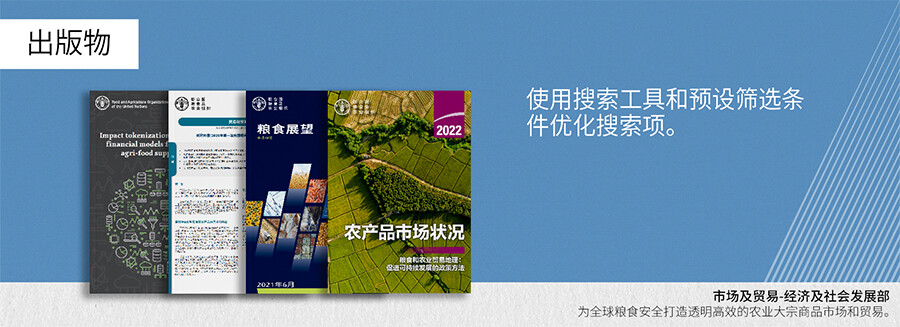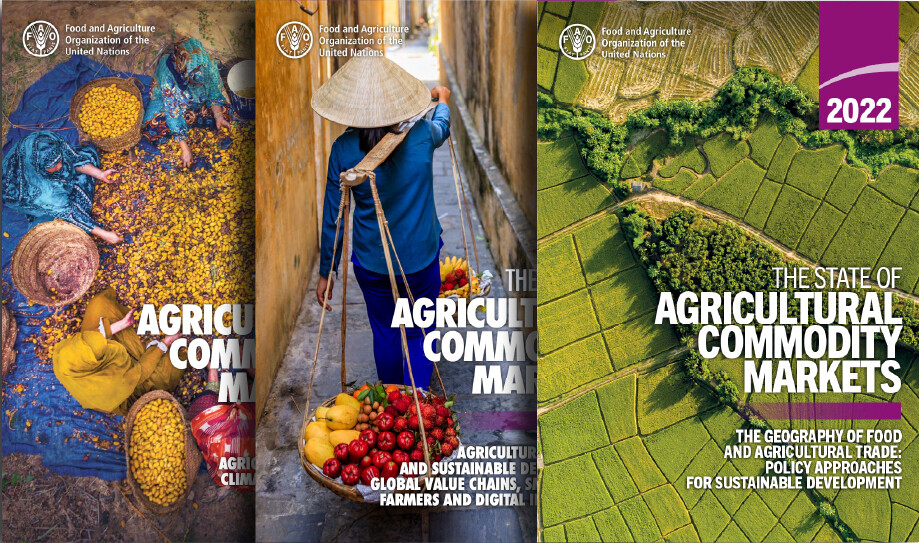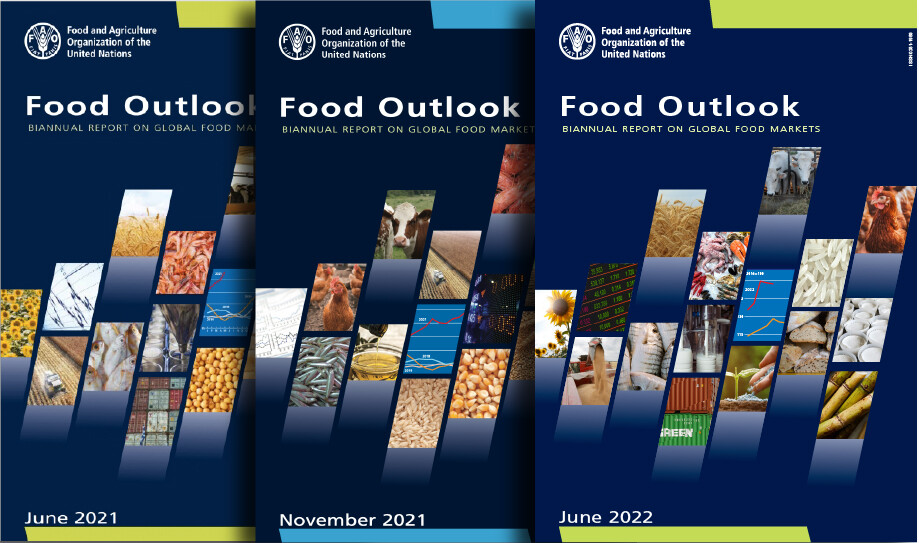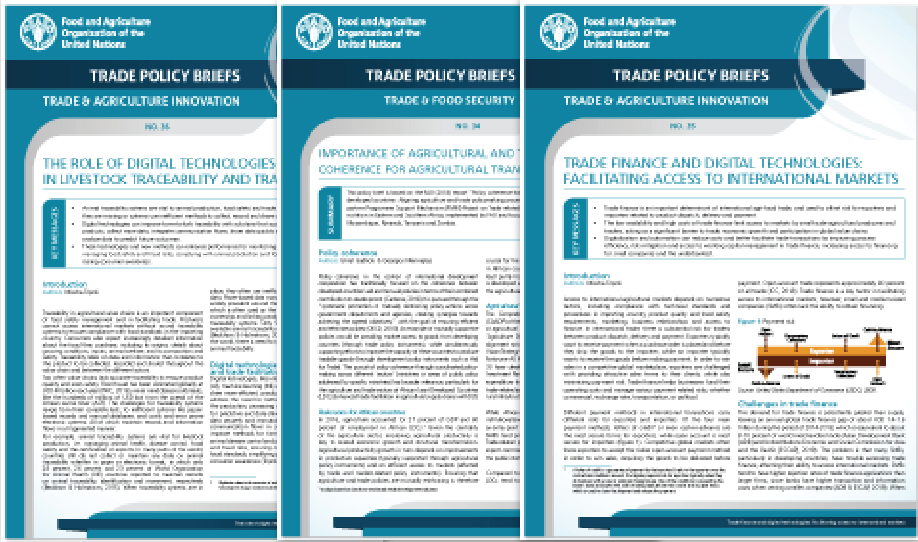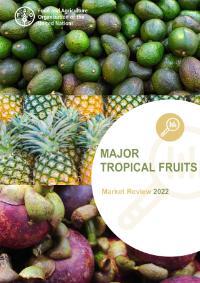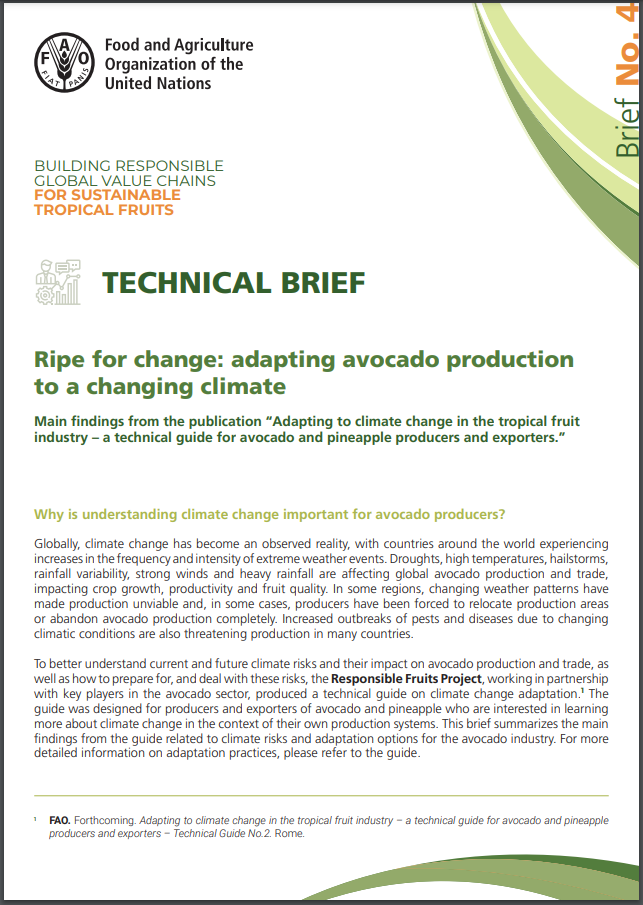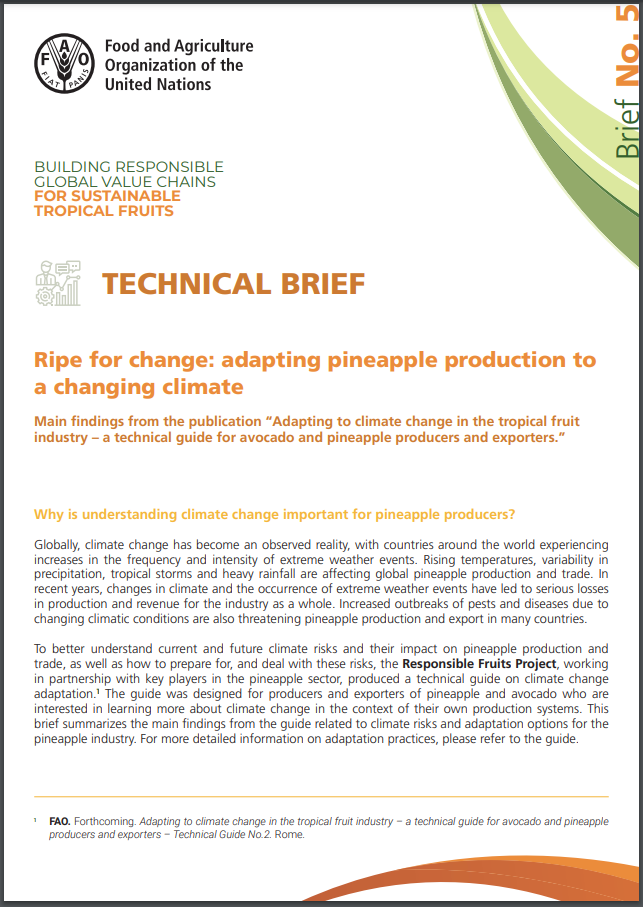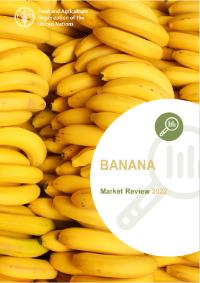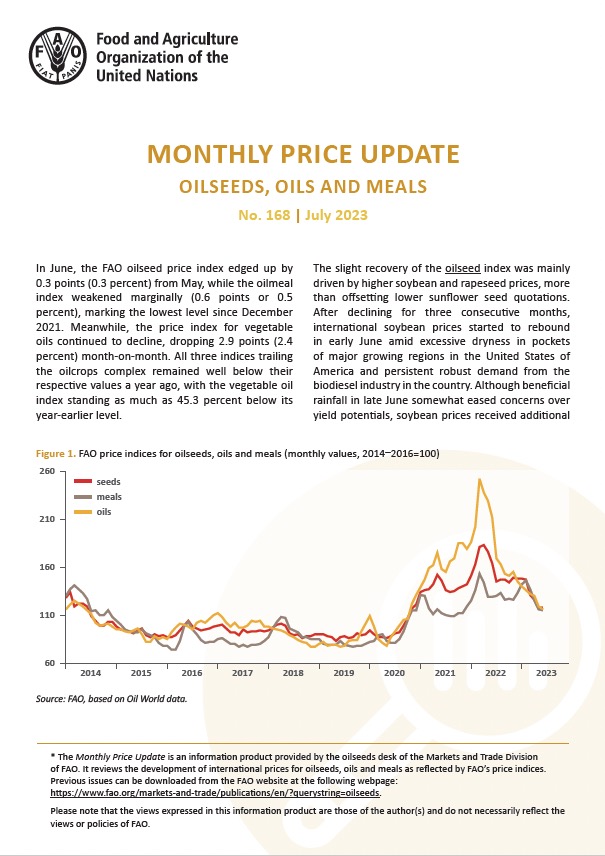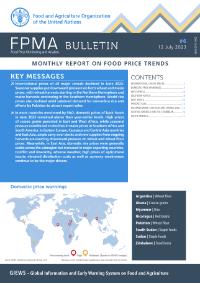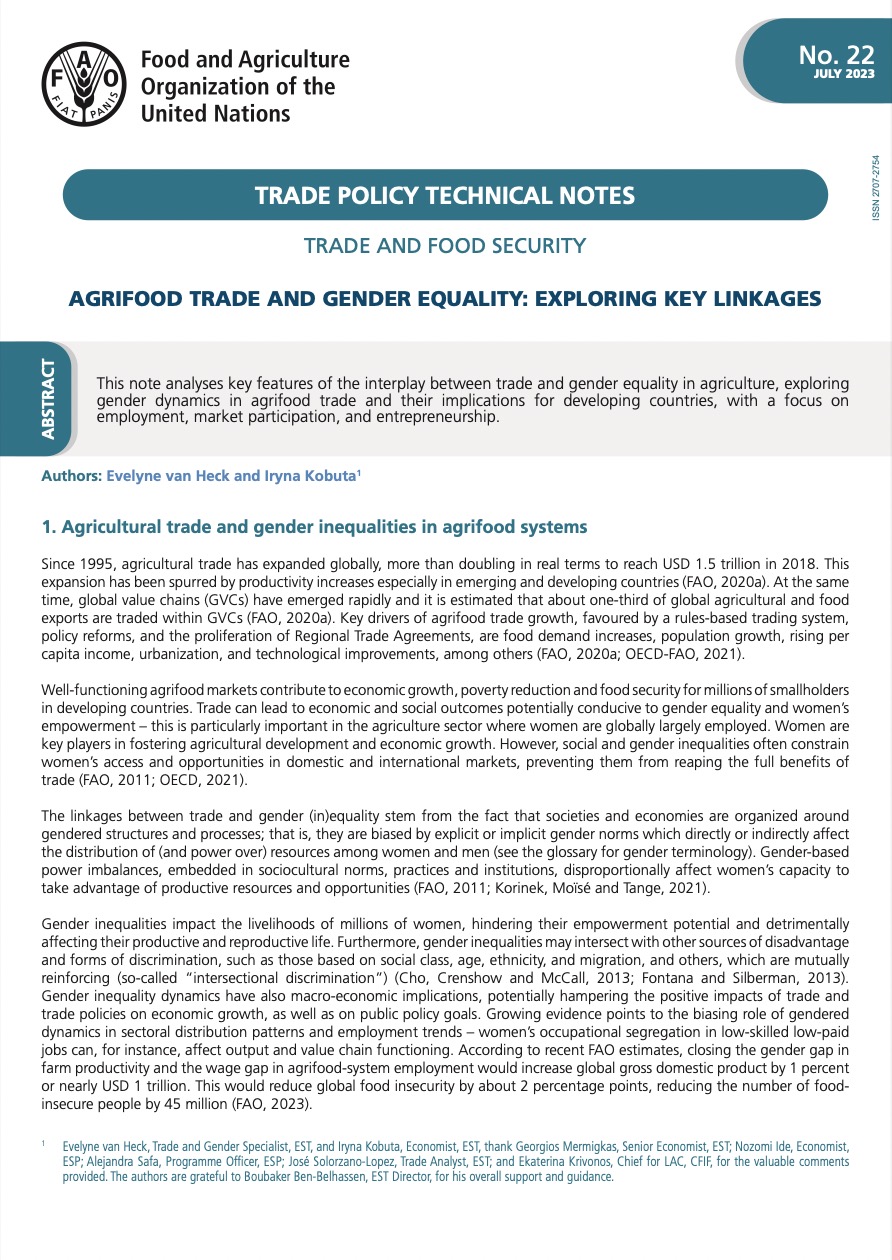出版物
市场及贸易司出版物平台展示本司的全部出版物。查找出版物的最便捷方式是借助我们的搜索功能,你可以选用预设筛选条件优化你的搜索项。
This report describes full-year results on developments in global major tropical fruits trade in 2022 and represents an update to the Major Tropical Fruits Market Preliminary Results 2022.
The current food insecurity situation is critical due to reduced agricultural production in 2022, intensified conflict, record high food prices and the devastating effects of Cyclone Mocha. The conflict triggered record-high civilian displacements, currently estimated at 1.83 million people, a three-fold increase compared to the same period in 2022. Food insecurity could worsen if constrained access to fertilizer and intensified conflict persist, and if the forecast of below-average monsoon precipitation...
The Kakhovka Reservoir, part of the Dnipro cascade of hydroelectric power plants, was an important source of water for arid regions in the southern part of Ukraine. Flooding after the breach of the Kakhovka Dam on 6 June 2023 resulted in relatively limited losses on agricultural production but long-term consequences for irrigation remain, including for maize and other irrigated crops planted in spring 2023. The consequences of the breach raise...
The cereal supply and demand balances included in this report present a subset of data from the FAO/GIEWS Country Cereal Balance System (CCBS) database created and continuously kept up to date by the Global Information and Early Warning System on Food and Agriculture (GIEWS) and Basic Foodstuffs teams of the Markets and Trade Division, with data since 1980. It contains annual supply and utilization balances for the main cereals produced...
To better understand current and future climate risks and their impact on avocado production and trade, as well as how to prepare for, and deal with these risks, the Responsible Fruits Project, working in partnership with key players in the avocado sector, produced a technical guide on climate change adaptation. The guide was designed for producers and exporters of pineapple and avocado who are interested in learning more about climate...
To better understand current and future climate risks and their impact on pineapple production and trade, as well as how to prepare for, and deal with these risks, the Responsible Fruits Project, working in partnership with key players in the pineapple sector, produced a technical guide on climate change adaptation. The guide was designed for producers and exporters of pineapple and avocado who are interested in learning more about climate...
The Banana Market Review is issued on an annual basis to Members and Observers of the Sub-Group on Bananas of the Intergovernmental Group on Bananas and Tropical Fruits, which is a subsidiary body of the Committee on Commodity Problems (CCP).
The Monthly Price Update is an information product provided by the oilseeds desk of the Markets and Trade Division of FAO. It reviews the development of international prices for oilseeds, oils and meals as reflected by FAO’s price indices.
International prices of all major cereals declined in June. Seasonal supplies put downward pressure on both wheat and maize prices, with wheat harvests starting in the Northern Hemisphere and maize harvests continuing in the Southern Hemisphere. Rice prices also declined amid subdued demand for non-Indica rice and efforts to attract export sales in Pakistan. In most countries monitored by FAO, domestic prices of basic foods in June 2023 remained above...
The note analyses key features of the interplay between trade and gender equality in agriculture exploring gender dynamics in agrifood value chains and their implications for developing countries, with a focus on the dimensions of employment, market participation and entrepreneurship. Globally, gender inequalities constrain women’s access to agrifood markets and have an impact on agricultural value chain development, trade performance and economic growth. Agrifood trade can lead to social and...

